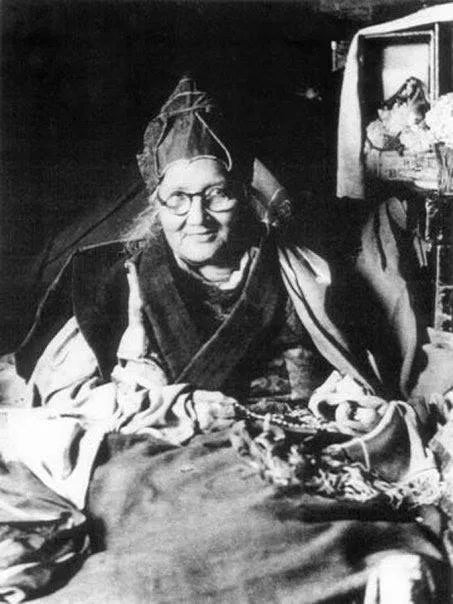
From the hall to the temple: Exploring the spiritual essence of Tibetan women's traditions
Their thoughts and writings are even more complex and subtle.
- Luce Irigaray (1931-)

traditional femininity
In the traditional texts of the Tibetan region, women are indeed placed in a stereotyped role. If we overlook this fact, some topics about the status of local women and how they are described will be oversimplified. Is there a clear "female tradition" in the Tibetan cultural and narrative traditions? The answer is still yes. Under the dual influence of native culture and esoteric elements, female practitioners (who are often writers and philosophers), female artists, and female politicians have become lineages that are often presented separately in history dominated by the male gaze.
In the native culture, the power possessed by women comes from their role as pacifiers and integrators of various chaos, often caused by male deities. It is important to note that the creation of chaos and its pacification have equal importance in early historical texts (such as the verse exchanges in ancient Tibetan manuscripts in Dunhuang) and religious texts, especially in the social organization of small family units, creating an opportunity and managing solutions. Without the protection and assistance of female deities, the various contradictions and unwise decisions in the heavenly realm could destroy people's earthly abodes.
With the promotion of the "cult of the goddess" in Tibetan Buddhism and the associated "feminine forces," the status of female practitioners is placed at the core of the Tibetan "female tradition." They have different life experiences (highlighted in biographies); the main mentors of female practitioners are almost always male practitioners, but they always exhibit a special kind of thinking, labeled as "feminine wisdom" (often believed to be experienced but hard to attain).

Her birth went against her father's wishes
As he wanted a healthy male baby
In the biography of Qū Yīngsāng
"Father" is a composite male identity
And runs through her entire life



Machig Labdron (མ་གཅིག་ལབ་སྒྲོན། 1055-1149)
They are practitioners.
The "female tradition" in the Tibetan area, unlike the constructed "female tradition," is confirmed by literature and images. This tradition, characterized by materiality (reflecting individual life histories) and imagination (the intellectual achievements of this tradition), transcends the discussion of the "body" (simply hovering between "sex" and "gender") and exists independently of male narratives.
Nevertheless, I would like to remind everyone that it is best not to summarize the long-standing "female tradition" as part of Tibetan women's lives, as persistently discussing the "female tradition" may cause us to overlook more everyday scenes that are full of pitfalls and crises, which are what most women have to face.

This female practitioner from the 11th to 12th century
Revived a unique way of practice to "cut off" attachments
Following her as a role model
Women gradually became leaders in religious communities and local groups
In facing male mentors and male partners
The suffering and anxiety she endured became a source of strength for her.




Meditation and contemplation in the cemetery and graveyard

In this work, the life of a female practitioner is depicted and connected to


The story of the "Double Princesses and Double Buddhas" during the Tubo period.

